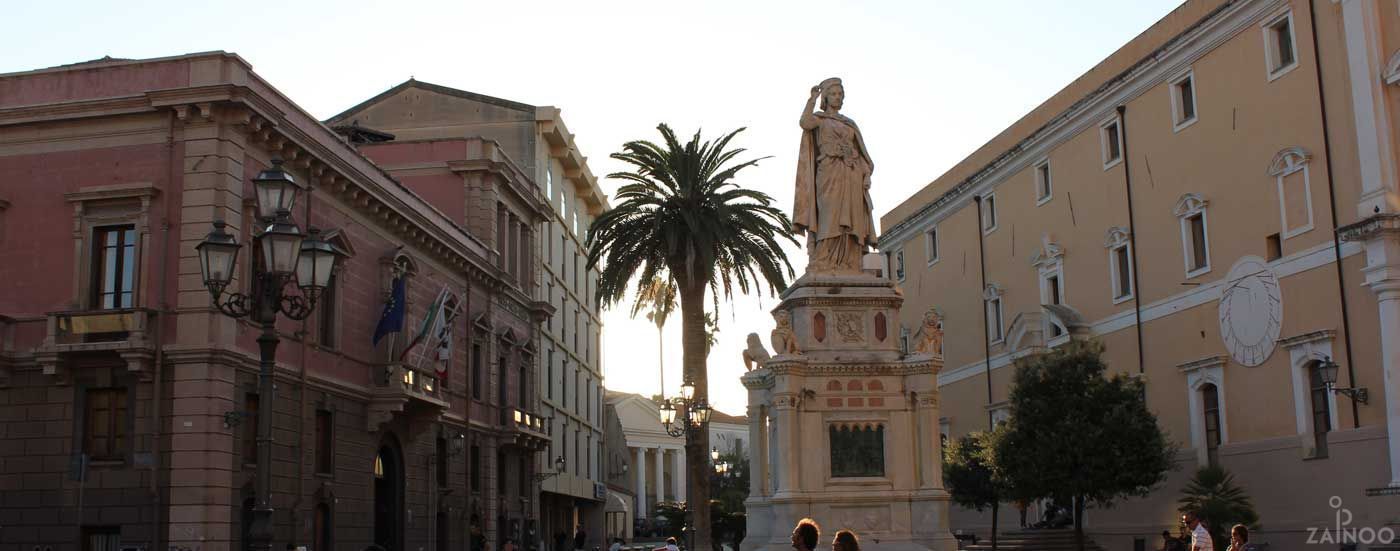Italy in the 20th century
History of Italy from the World Wars until today
Although part of the Triple Alliance with Austria-Hungary and Germany, Italy initially stayed neutral in the World War I. Only the promise of gaining the territories of South Tyrol, Trieste and Dalmatia led the Italians to break the alliance and enter the war on the side of the Allied forces. The disappointments and losses of World War I paved the way for fascism in Italy. Italy under Mussolini joined the war on Germany's side and ended it on the Allied sideafter heavy losses. Despite a further turbulent history, Italy became a founding member of the EU and has since found its place in the European Community.
Great Power politics and World War I
After the foundation of the state, Italy drove forward the internal unification of the country, the arms build-up and the industrialisation - however, only in Northern Italy. Southern Italy remained underdeveloped, which can be seen in a strong contrast between north and south to this day. The strong self-confidence of the young kingdom brought with it a strong Great Power politics. The attempt to play along with the Great Powers of Europe led to colonial efforts in Africa and the Middle East. Although Italy was part of the Triple Alliance with Austria-Hungary and the German Empire, it initially remained neutral in World War I. When England and France promised the Austrian regions of South Tyrol, Trieste and even Dalmatia in a secret treaty, Italy changed sides and joined the Allies in the war. After heavy losses against the Austrians at the Isonzo, Italy was part of the victorious powers in 1918, but heavy casualties and 600,000 dead hit the young country hard.
Fascism in Italy and World War II
Despite the secret agreement, Italy was only able to enforce parts of its territorial claims at the end of World War I. The disappointment and serious economic and social problems paved the way for fascism in Italy. Benito Mussolini founded the Fascist Party of Italy and left his mark on the country for 23 years with aggressive repression and terrorism. Mussolini installed the Rome-Berlin axis and, together with Hitler's Germany, enforced a very aggressive foreign policy. When Italy entered the Second World War on Germany's side, increasingly heavy losses and rising dependence on Germany led to the strengthening of anti-fascist forces. Mussolini was quickly arrested and Italy surrendered. While the Allies landed in Southern Italy, Germany conquered the whole of Northern Italy and freed Mussolini. The war raged on the peninsula raged on for two years until Italy was finally freed.
History of Italy until today
With the help of the Marshall Plan, the country was rebuilt after World War II and, in 1946, transformed into a parliamentary republic. The following transatlantic economic boom again mainly reached Northern Italy and intensified the differences within the country. Southern Italy in particular became a country of emigration. More than two million Italians moved to Northern Italy or to foreign countries - especially to Germany. As a founding member of the European Union and a member of NATO and the United Nations, Italy has since established its place in the world in terms of foreign policy. Domestically, however, the country has been struggling from one crisis to the next. Corruption, mafia and the disagreement amongst many smallest and small parties prohibit the country from resting. 61 different governments in 62 years are impressive evidence of the internal instability. Ironically, it was one of the most controversial politicians, the media mogul Silvio Berlusconi, who governed the country successfully at least over a longer period - although with often questionable, almost dictatorial methods. Therefore, it remains to be seen what the history of Italy will bring in the future.


Tweet